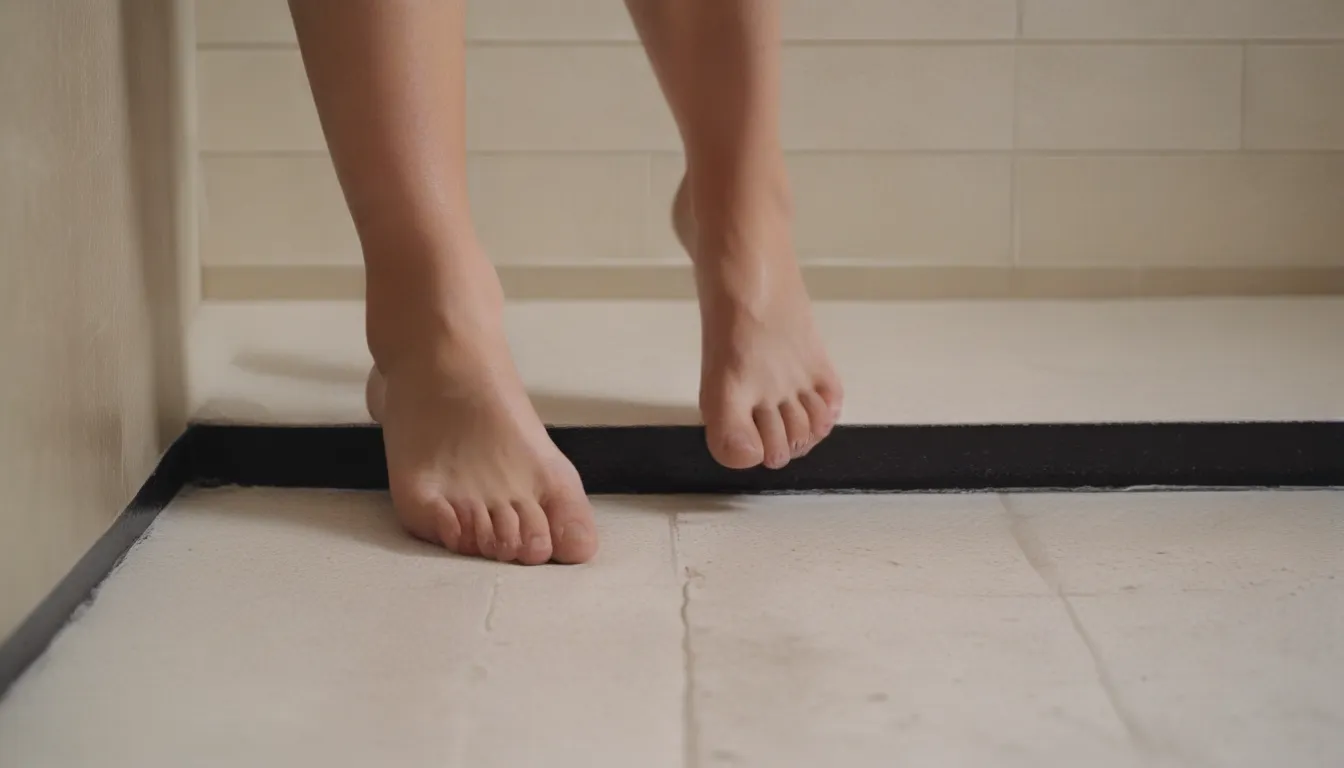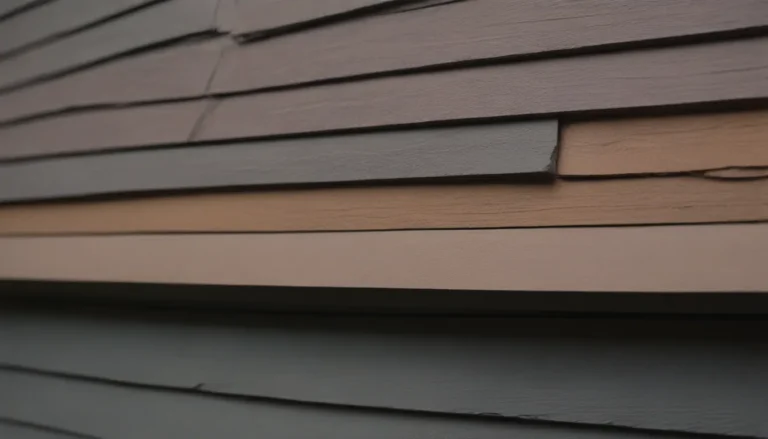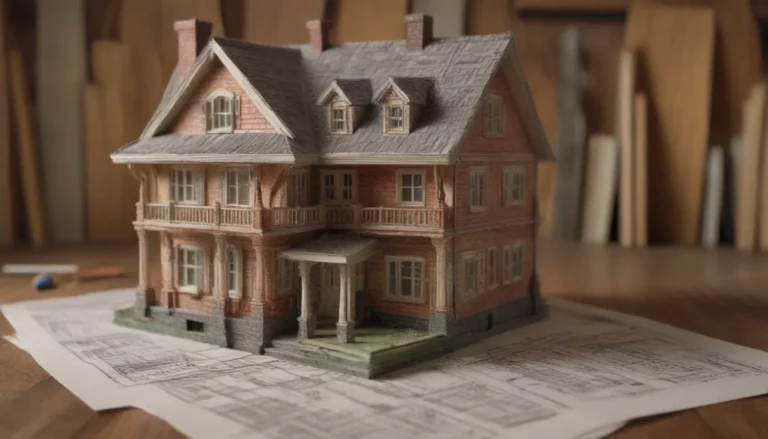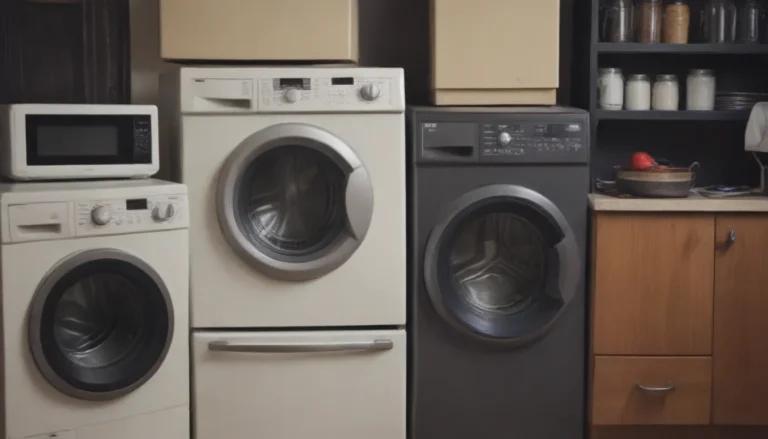How to Stabilize and Fix a Flexible Shower Pan in Your Bathroom

Shower pans are an essential component of your bathroom, providing a solid foundation for your daily shower routines. Whether you have a prefabricated shower pan made of acrylic, ABS, or fiberglass, you may encounter issues with flexing or movement over time. While these pans offer convenience and easy installation, they can also present challenges when not properly supported. In this guide, we will explore the common reasons why your shower pan may be flexing and moving, and provide practical solutions to stabilize and fix the problem.
Understanding the Causes of Flexible Shower Pans
Identifying the root cause behind your shower pan’s movement is crucial to finding an effective solution. Here are some common reasons why your shower pan may be flexing:
- Normal Amount of Flex: Prefabricated shower pans may feel less sturdy compared to tiled bases. Some flexibility is expected and not necessarily a cause for concern unless it leads to water leakage.
- Thin or Poorly Braced Pan: Shower pans with thinner floors or inadequate support ribs are more likely to flex under pressure. Re-installing such pans in a mortar bed can help improve stability.
- Heavy Usage: Exceeding the weight limits recommended by the manufacturer can lead to cracking and deterioration of the pan’s foundation.
- Improper Cleaning or Usage: Harsh chemicals or improper cleaning practices can degrade the structural integrity of the shower pan over time.
- Incorrect Installation: Whether lacking a mortar bed or uneven support ribs, improper installation can contribute to pan flexing and movement.
Practical Solutions to Fix a Flexible Shower Pan
If you notice your shower pan flexing or moving, there are several steps you can take to stabilize and repair the issue. Here are some effective solutions to consider:
- Leave It As-Is: If the flexing is minor and within expected limits, you may not need to take immediate action.
- Add New Plastic Shims: Installing plastic shims along the support ribs of the pan can provide additional support and prevent further flexing.
- Install a Flexible Fitting: Consider adding a flexible drain fitting below the shower to accommodate the movement of the pan without causing leaks.
- Remove and Replace the Pan: In severe cases where the pan has cracked due to excessive flexing, removing and replacing it with a more stable option may be necessary.
Tip: Consult the manufacturer’s instructions for specific recommendations on how to address flexing issues with your shower pan.
Enhancing Stability and Longevity of Your Shower Pan
To ensure the long-term durability of your shower pan and prevent flexing issues, here are some additional tips to consider:
- Avoid Excessive Weight: Adhere to the weight limits specified by the manufacturer to prevent structural damage.
- Proper Cleaning Practices: Use gentle cleaning agents and avoid harsh chemicals that could degrade the pan’s surface.
- Regular Maintenance: Inspect your shower pan periodically for any signs of movement or flexing, and address them promptly.
- Professional Installation: If replacing your shower pan, consider hiring a professional installer to ensure proper fitting and support.
By following these tips and implementing appropriate solutions, you can stabilize and fix a flexible shower pan in your bathroom effectively. Remember that early intervention is key to preventing further damage and maintaining the functionality of your shower space. If you’re unsure about how to address flexing issues with your shower pan, don’t hesitate to seek advice from a qualified professional. Your bathroom deserves a solid foundation, and with the right maintenance, your shower pan can provide many years of reliable use.





